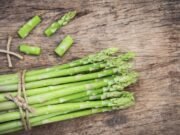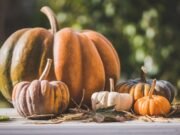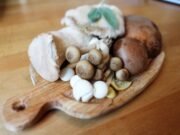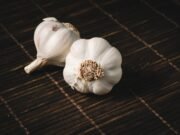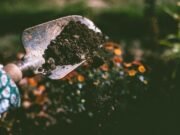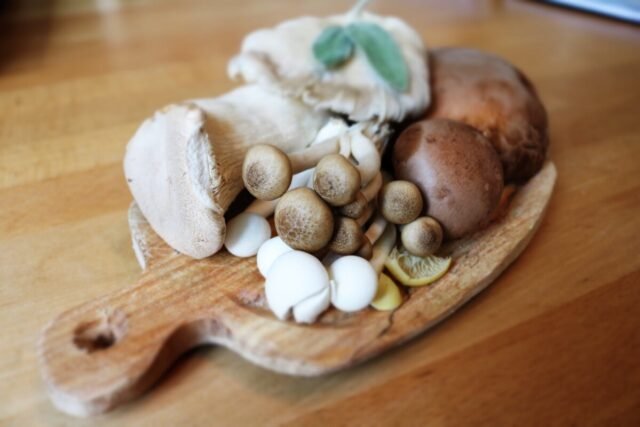Mushrooms, the fleshy and often colorful fruiting bodies of fungi, have captivated human imagination for centuries. They play a crucial role in the Earth's ecosystems, performing essential tasks such as nutrient cycling, decomposition, and symbiotic relationships with plants.
Unveiling the Structure and Classification of Mushrooms
Mushrooms belong to the kingdom Fungi, a diverse group of organisms that includes yeasts, molds, and fleshy fungi. They possess a unique structure, consisting of a cap, gills, and a stem. Mushrooms are classified based on their spore-bearing structures, which can be gills, pores, or teeth.
Edible vs. Poisonous Mushrooms: A Critical Distinction
While some mushrooms are culinary delicacies, others can be deadly. It is crucial to distinguish between edible and poisonous mushrooms, as even a small amount of a toxic mushroom can cause severe illness or even death. If you are unsure about a mushroom's edibility, it is best to err on the side of caution and avoid consuming it.
Choosing the Right Mushroom Species for Home Cultivation
Choosing the right mushroom species for home cultivation is essential for success. Factors to consider include ease of growth, flavor, and nutritional value. Some popular edible mushroom varieties suitable for home cultivation include:
-
Oyster mushrooms: Known for their mild flavor and versatility, oyster mushrooms are easy to grow and can be cultivated on various substrates.
-
Shiitake mushrooms: Prized for their rich, umami flavor, shiitake mushrooms are a popular ingredient in Asian cuisine. They require a bit more care and attention during cultivation.
-
Button mushrooms: The most commonly consumed mushroom worldwide, button mushrooms are known for their mild flavor and adaptability to different cooking methods.
Sourcing Mushroom Spawn and Growing Kits
Mushroom spawn, the mycelium used to inoculate the substrate, can be purchased from reputable online retailers or suppliers. Growing kits, which include everything needed to start growing mushrooms at home, are also available. These kits typically contain spawn, substrate, and a fruiting chamber.
Ensuring a Successful Mushroom Cultivation Journey
Successful mushroom cultivation requires careful attention to environmental conditions, such as temperature, humidity, and air circulation. Maintaining a sterile environment is also crucial to prevent contamination. With patience and observation, you can enjoy a bountiful harvest of homegrown mushrooms.
Essential Equipment and Supplies for Mushroom Cultivation
Successful mushroom cultivation requires specific equipment and supplies to ensure optimal growth conditions. Here's a comprehensive list of what you'll need:
-
Grow bags or containers: These specialized bags or containers provide a sterile environment for mushroom growth.
-
Mushroom spawn: The mycelium used to inoculate the substrate, available from reputable suppliers.
-
Substrate: The nutrient-rich material on which mushrooms grow, such as straw, sawdust, or coffee grounds.
-
Fruiting chamber: A controlled environment where mushrooms can fruit and mature.
-
Spray bottle: Used to maintain humidity levels within the fruiting chamber.
-
Thermometer and hygrometer: To monitor temperature and humidity levels.
-
Gloves and face mask: To maintain a sterile environment and protect yourself from potential contaminants.
Maintaining Ideal Environmental Conditions
Mushrooms thrive in specific environmental conditions. Maintaining proper temperature, humidity, and air circulation is crucial for successful cultivation:
-
Temperature: Optimal temperatures vary depending on the mushroom species, but most grow best between 60°F and 80°F (15°C and 27°C).
-
Humidity: High humidity levels are essential for mushroom growth. Aim for a humidity level of around 80-90%.
-
Air circulation: Fresh air is necessary for healthy mushroom growth. Ensure adequate air circulation within the fruiting chamber.
Setting Up a Dedicated Workspace
To minimize the risk of contamination, it's best to set up a dedicated workspace for mushroom cultivation. This area should be clean, well-ventilated, and away from potential sources of contamination, such as pets or household chemicals.
The Comprehensive Mushroom Cultivation Process
Growing mushrooms at home involves a series of steps, from preparing the substrate to harvesting the mature mushrooms:
-
Prepare the Substrate: Mix the substrate ingredients according to the recommended ratio and sterilize it to eliminate any contaminants.
-
Inoculate the Substrate: Introduce the mushroom spawn into the sterilized substrate, ensuring even distribution.
-
Incubate the Substrate: Place the inoculated substrate in a warm, dark place to allow the mycelium to colonize the substrate.
-
Create the Fruiting Chamber: Set up the fruiting chamber and maintain the desired temperature, humidity, and air circulation conditions.
-
Introduce Fresh Air: Once the mycelium has fully colonized the substrate, introduce fresh air into the fruiting chamber to trigger mushroom formation.
-
Harvest the Mushrooms: When the mushrooms reach maturity, carefully harvest them by twisting or cutting them at the base.
Patience and Observation: Key Ingredients for Success
Mushroom cultivation is a process that requires patience and observation. It can take several weeks or even months from inoculation to harvest. Regularly monitor the growth conditions and make adjustments as needed.
Harvesting and Enjoying Your Homegrown Mushrooms
Identifying the signs of maturity is crucial for successful harvesting. Look for fully developed caps and gills. Harvest the mushrooms by gently twisting or cutting them at the base.
Storing and Preserving Your Mushroom Bounty
To maintain the freshness and flavor of your homegrown mushrooms, store them properly. Refrigeration is the most common method, but some mushrooms can also be dried or frozen for longer storage.
Culinary Delights with Homegrown Mushrooms
Homegrown mushrooms offer a versatile ingredient for culinary creations. Explore various cooking methods to showcase their unique flavors and textures. From sautéing and grilling to pickling and preserving, the possibilities are endless.
